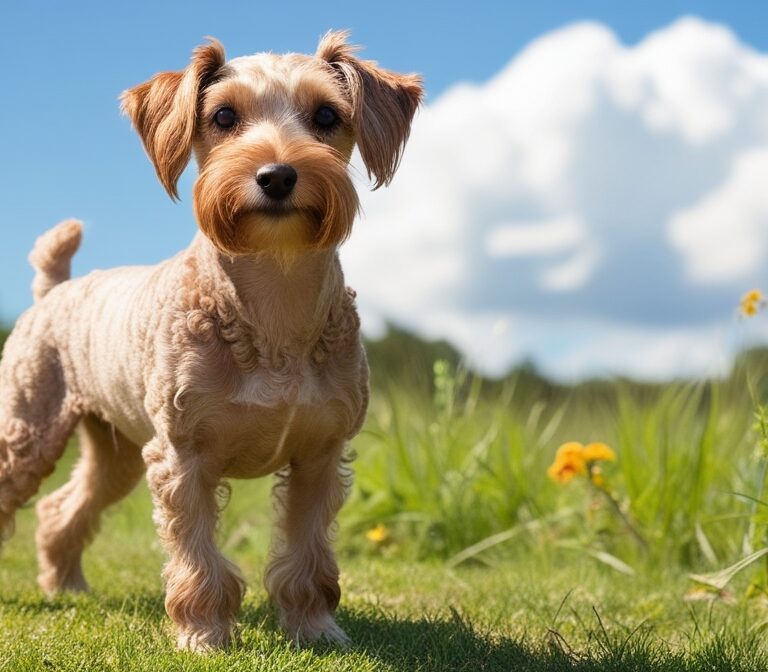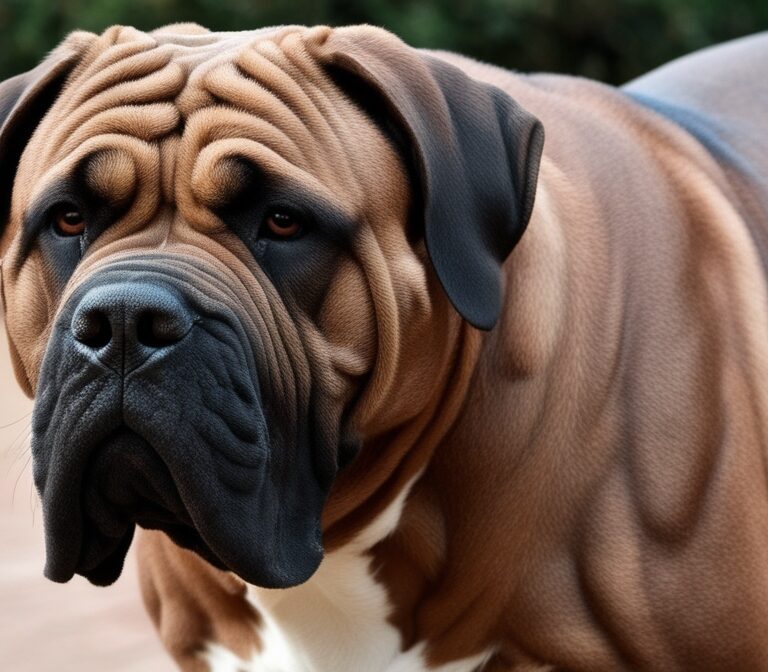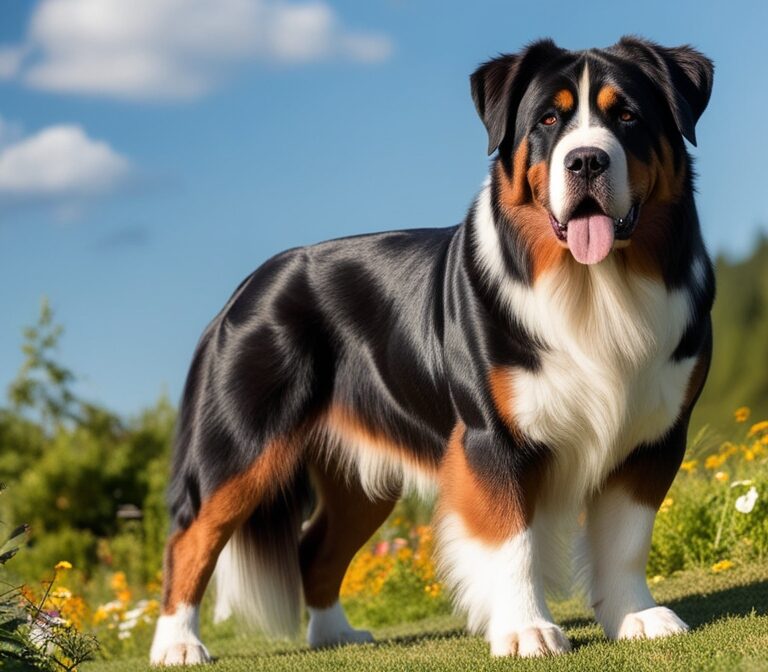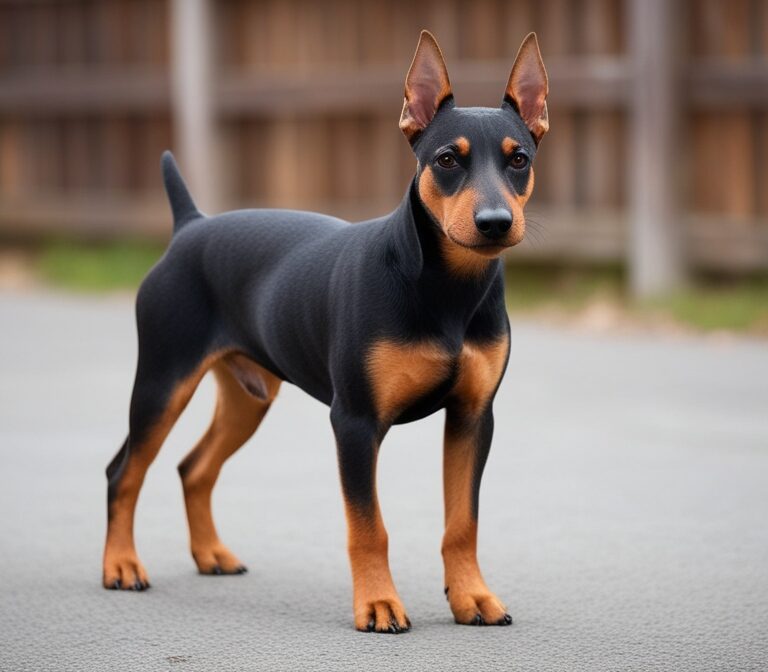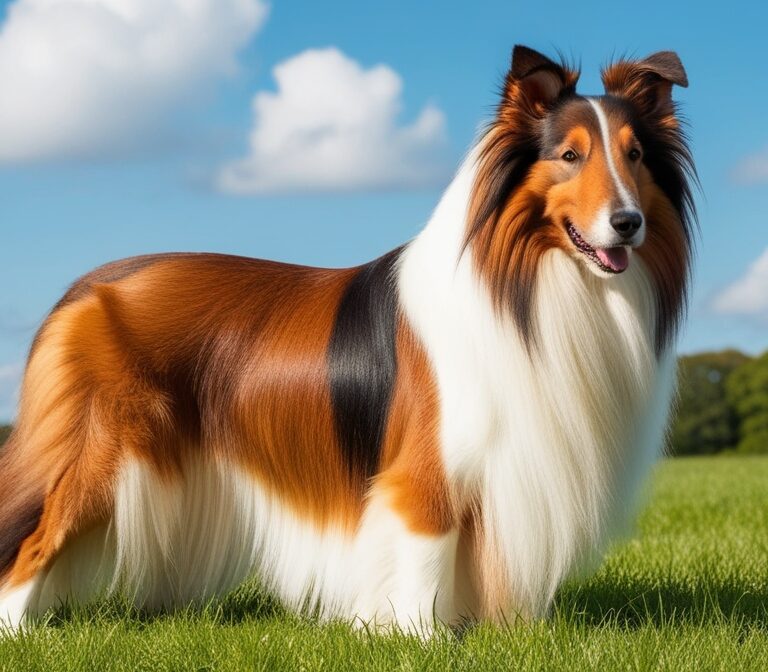Spanish Mastiff: The Complete Guide to the Giant Livestock Guardian Dog
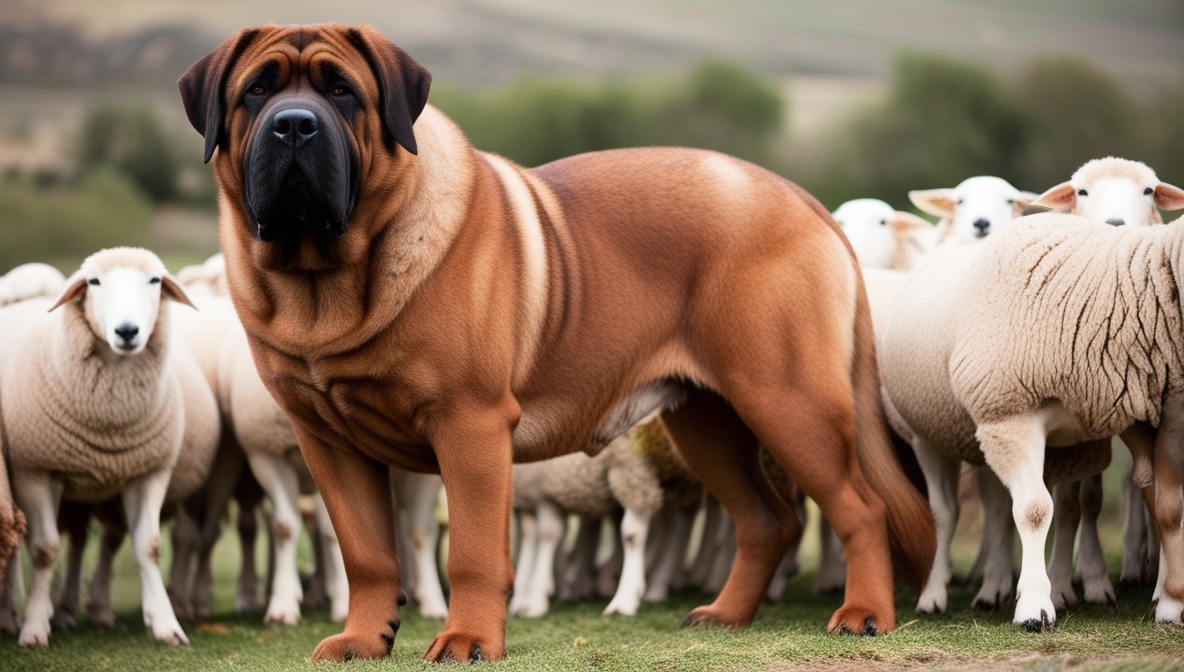
Introduction to the Spanish Mastiff
The Spanish Mastiff (Mastín Español) is one of the world’s largest and most impressive livestock guardian dogs. Originating in Spain, this breed is renowned for its massive size, calm temperament, and strong protective instincts. Traditionally, Spanish Mastiffs were bred to accompany flocks of sheep across the rugged Spanish countryside, where they acted as reliable defenders against wolves, bears, and other predators.
Unlike many modern dog breeds that were developed for companionship, the Spanish Mastiff has deep agricultural roots. Farmers depended on these dogs for centuries, as they were capable of protecting livestock without constant human supervision. Even today, in certain rural areas of Spain, they remain indispensable partners for shepherds.
The breed is instantly recognizable due to its colossal build, drooping jowls, and imposing stance. Adult males often weigh between 140–220 lbs (64–100 kg) and stand 28–35 inches tall (71–89 cm) at the shoulder. Despite their intimidating presence, Spanish Mastiffs are known to be affectionate, noble, and loyal to their families.
In this article, we’ll explore everything about the Spanish Mastiff, from its origins and temperament to training, health, feeding, and grooming. Whether you’re considering owning one or simply fascinated by giant dog breeds, this guide will provide expert-level knowledge while optimizing for semantic SEO terms like livestock guardian dog, giant mastiff breed, protective shepherd dog, and Spanish Mastiff temperament.
Origins and History of the Spanish Mastiff
The history of the Spanish Mastiff is deeply intertwined with the traditions of Spain. The breed traces back over 2,000 years, making it one of the oldest Molosser-type dogs in Europe. Archaeological evidence suggests that dogs resembling the Spanish Mastiff existed during the Roman Empire, where they were admired for their strength and used in farming communities.
The true rise of the breed came with the Mesta, a powerful medieval organization of Spanish shepherds. Between the 12th and 18th centuries, Spanish shepherds drove millions of sheep across the Iberian Peninsula in seasonal migrations called transhumance. During these journeys, flocks faced threats from wolves, bandits, and wild predators. The Spanish Mastiff was the chosen guardian, often traveling long distances alongside livestock without faltering.
Their role was not limited to rural farming. In Spanish folklore and culture, the Mastiff came to symbolize nobility, loyalty, and protection. Historical documents describe them wearing iron collars with spikes to fend off wolf attacks. Unlike many modern breeds that were refined through selective breeding in the 19th century, the Spanish Mastiff remained largely unchanged, retaining its primitive guardian instincts.
International recognition of the breed came later, with organizations like the Federación Cinológica Internacional (FCI) and the American Kennel Club (AKC) acknowledging its unique qualities. Today, although their traditional role has diminished due to industrial farming, Spanish Mastiffs are still used in livestock protection programs, especially in areas where wolves are being reintroduced.
This deep-rooted historical purpose explains why the Spanish Mastiff is such a self-assured, independent, and calm breed. Unlike modern pets bred purely for companionship, these dogs carry centuries of working heritage in their DNA.
Physical Characteristics of the Spanish Mastiff
The Spanish Mastiff is one of the largest dog breeds in the world, classified under the giant breed category. Everything about its appearance reflects its purpose as a guardian of livestock.
Size and Weight
Adult males typically weigh 140–220 lbs (64–100 kg), with some exceptional dogs reaching 250 lbs (113 kg). Females are slightly smaller, averaging 120–180 lbs (54–82 kg). The breed stands between 28–35 inches (71–89 cm) at the shoulder, making it taller than most Mastiff-type breeds.
Body Structure
The body of the Spanish Mastiff is rectangular, muscular, and powerful. It has a broad chest, strong legs, and large paws designed for endurance walking across uneven terrain. The head is massive, with a wide skull, heavy muzzle, and loose skin that forms characteristic wrinkles. Its drooping jowls and deep bark contribute to its intimidating presence, ideal for warding off predators.
Coat and Colors
The coat is dense, double-layered, and medium-length, providing insulation against harsh weather. Recognized coat colors include fawn, brindle, wolf-sable, black, red, and yellow. The diversity in color reflects the breed’s long adaptation to various climates and regions in Spain.
Movement and Gait
Despite its size, the Spanish Mastiff moves with a slow but purposeful gait. It is not a dog built for speed but for endurance. Its stride is deliberate, conserving energy while still covering long distances.
Overall, the physical build of the Spanish Mastiff is a perfect balance of power and endurance, allowing it to function effectively as both a deterrent and an active livestock guardian.
Temperament and Personality Traits of the Spanish Mastiff
The Spanish Mastiff may look intimidating due to its size and deep bark, but its personality is calm, loyal, and affectionate. This breed was developed to live closely with both sheep and shepherds, which shaped its unique temperament — one that balances independence with devotion.
Affectionate and Loyal
Despite their guardian instincts, Spanish Mastiffs are extremely affectionate toward their family. They form strong bonds with their owners and often display a gentle, protective nature around children. Their noble character makes them more patient and less reactive compared to other guarding breeds.
Self-Assured and Independent
Centuries of working in the Spanish countryside without constant human guidance have made the Spanish Mastiff a self-reliant breed. They are naturally confident and rarely show nervousness. However, this independence also means they may be stubborn in training, preferring to make decisions on their own.
Intelligent but Reserved
Spanish Mastiffs are highly intelligent, capable of recognizing threats and acting accordingly. Unlike playful working dogs such as Border Collies, they are serious thinkers. This sometimes comes across as aloofness, as they don’t always seek attention.
Protective Instincts
As livestock guardians, they are instinctively protective. They are naturally wary of strangers and will bark loudly if they sense intruders. While not aggressive without cause, their sheer presence is usually enough to deter threats.
In summary, the temperament of the Spanish Mastiff can be described as affectionate with family, independent in behavior, and protective when necessary. These traits make them well-suited for rural homes and large properties but challenging for inexperienced owners seeking a playful pet.
Role as a Livestock Guardian Dog
The Spanish Mastiff’s historical and modern role as a livestock guardian defines much of its behavior and reputation. These dogs were never bred for hunting or herding; instead, their sole purpose was protection.
Protecting Sheep and Cattle
For centuries, Spanish Mastiffs accompanied flocks of Merino sheep, especially during seasonal migrations (transhumance). They guarded not only against wolves but also against human threats like thieves. Their size and loud bark made them an ideal deterrent.
Defense Against Wolves
The Spanish countryside was once heavily populated by wolves, making them the primary enemy of shepherds. Spanish Mastiffs were often equipped with iron collars with long spikes, designed to protect their throats during wolf attacks. Even today, in regions such as León, Extremadura, and Asturias, these dogs are still used to protect livestock from wolves.
Independent Work Style
Unlike herding dogs that rely on commands, Spanish Mastiffs work autonomously. They patrol the flock, rest nearby, and act decisively when danger approaches. Their ability to make independent judgments has been honed over centuries of use in remote pastures.
Modern Use in Conservation Programs
Interestingly, Spanish Mastiffs are now being reintroduced in conservation programs across Spain. As wolf populations recover in Europe, farmers face new challenges, and the Spanish Mastiff has proven to be one of the most effective non-lethal methods of protecting livestock.
The breed’s role as a livestock guardian dog is not only a historical legacy but also a living tradition, making it one of the few breeds still actively performing the same work it was bred for hundreds of years ago.
Differences Between Spanish Mastiff and Pyrenean Mastiff
The Spanish Mastiff is often confused with the Pyrenean Mastiff, but while they share similarities, they are distinct breeds with different traits.
Geographic Origins
- Spanish Mastiff: Originated across central and northern Spain.
- Pyrenean Mastiff: Originated in the Aragonese Pyrenees, a mountainous region near the French border.
Appearance
- Spanish Mastiff: Generally larger, heavier, and bulkier, with a wider head and more imposing build.
- Pyrenean Mastiff: Slightly lighter and taller, with a more elegant body structure.
Coat and Color
- Spanish Mastiff: Shorter, denser coats, in solid or brindle colors such as fawn, wolf-sable, and black.
- Pyrenean Mastiff: Longer coat, usually white with large darker patches.
Temperament
- Spanish Mastiff: More serious and independent, with strong guarding instincts.
- Pyrenean Mastiff: Generally more gentle and sociable, making it more popular as a family dog in modern households.
Use Today
- Spanish Mastiff: Still heavily used as a working guardian dog in rural Spain.
- Pyrenean Mastiff: More commonly kept as a companion dog outside Spain, though still capable of guarding livestock.
In summary, while both breeds belong to the Molosser family and share ancestry, the Spanish Mastiff is the more robust, traditional working guardian, whereas the Pyrenean Mastiff is the more elegant and family-oriented counterpart.
Comparison with Other Giant Dog Breeds
The Spanish Mastiff is often compared to other giant guardian breeds. Understanding these differences helps potential owners make informed choices.
Spanish Mastiff vs. Tibetan Mastiff
- Tibetan Mastiff: Ancient guardian from the Himalayas, known for its lion-like mane and extreme territorial instincts.
- Spanish Mastiff: More even-tempered and less aggressive, bred specifically for livestock protection rather than property guarding.
Spanish Mastiff vs. Kangal
- Kangal (Turkey): Lighter and faster, with incredible bite force (estimated over 700 PSI).
- Spanish Mastiff: Larger and heavier, relying more on intimidation and endurance rather than speed.
Spanish Mastiff vs. Anatolian Shepherd
- Anatolian Shepherd: Agile and lean, capable of patrolling vast areas.
- Spanish Mastiff: Heavier, slower, and less agile, but with unmatched presence and deterrence.
Unique Strengths of the Spanish Mastiff
While the Tibetan Mastiff, Kangal, and Anatolian Shepherd excel in speed or aggression, the Spanish Mastiff stands out for its balance — immense size, calm temperament, and ability to work independently with minimal human direction.
For those who want a livestock guardian that can double as a family protector, the Spanish Mastiff offers a unique mix of protective instincts and gentle loyalty.
Conclusion:
The Spanish Mastiff is more than just one of the world’s largest dogs — it is a living piece of history, a symbol of Spanish culture, and a working guardian breed that has protected flocks for over 2,000 years. Unlike many modern dogs bred purely for companionship, the Spanish Mastiff retains its original purpose as a livestock protector, making it one of the few breeds still performing the job it was created to do.
For families, the Spanish Mastiff offers a unique balance: a calm, affectionate, and noble temperament inside the home, and an imposing, protective presence outside. Its size, deep bark, and fearless character make it a natural deterrent against intruders, while its gentle loyalty ensures it bonds deeply with children and loved ones.
Owning a Spanish Mastiff, however, comes with responsibilities. Its sheer size demands space, ideally a rural property or large yard where it can patrol and stretch comfortably. Regular grooming, a carefully balanced nutritious diet, and monitoring for health concerns like hip dysplasia are essential for maintaining its well-being. Training must begin early, with a focus on socialization and consistent leadership, since this breed is intelligent but also independent and stubborn.
In terms of comparisons, while the Tibetan Mastiff is more territorial and the Kangal is faster, the Spanish Mastiff stands out for its steadiness and versatility. It is not overly aggressive, yet it is immensely capable of defending livestock, property, and family when required.
In modern times, Spanish Mastiffs are not just guardians of sheep but also symbols of conservation, helping farmers protect flocks while allowing wolves and other predators to coexist in the ecosystem. This dual role — protector of animals and preserver of balance — makes the breed uniquely valuable.
To summarize, choosing a Spanish Mastiff means embracing a giant, loyal, and intelligent guardian that embodies centuries of tradition. It is not the right breed for everyone — apartment dwellers or first-time owners may struggle — but for the right family or farmer, it offers an unmatched combination of protection, companionship, and cultural heritage.
The Spanish Mastiff is not just a dog; it is a legacy — a noble guardian whose presence continues to command respect, admiration, and loyalty across generations.

